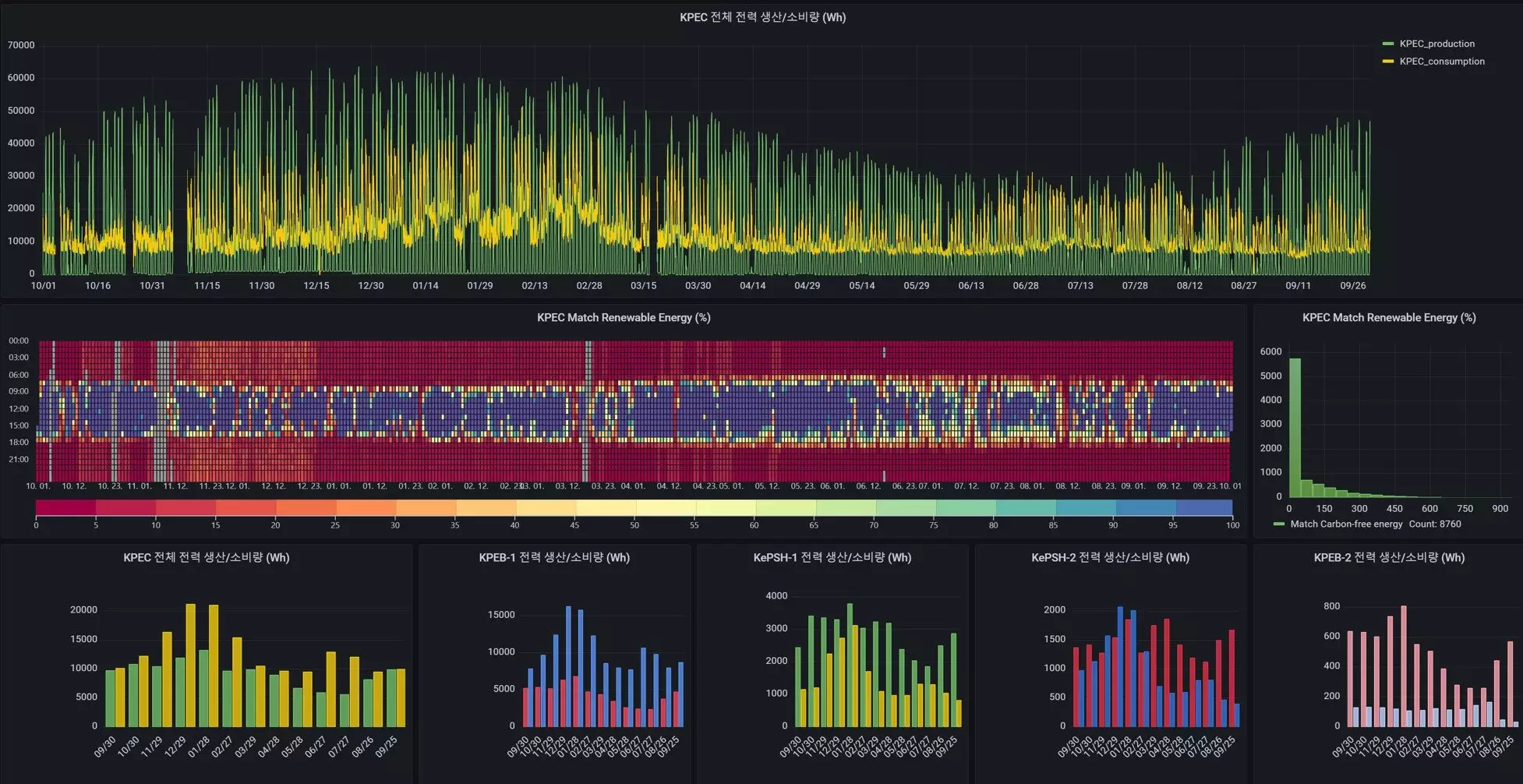The advancement of urban electrification is emerging as a pivotal strategy in addressing global energy challenges, particularly in light of the urgent need to transition away from fossil fuels towards sustainable energy solutions. A recent collaborative study, which brings together researchers from the Renewable Energy System Laboratory and the Energy ICT Research Department at the Korea Institute of Energy Research (KIER), highlights how artificial intelligence (AI) can be effectively utilized to facilitate this conversion. Published in the journal *Sustainable Cities and Society*, their findings serve as a beacon of hope for transforming urban energy systems into autonomous networks reliant on renewable resources.
Historically, urban areas have relied heavily on fossil fuels to meet electricity demand, giving rise to a stable yet environmentally detrimental supply model. However, this model is increasingly untenable as cities grapple with the ramifications of climate change and the imperative to reduce carbon emissions. Urban electrification seeks to combat these issues by promoting the integration of renewable energy sources, such as building-integrated solar technology, into urban energy systems. While this shift is gathering momentum in regions like Europe and the United States, the Republic of Korea still faces hurdles in adopting these innovative approaches.
One of the most significant challenges posed by the rise of renewable energy is its inherent variability. Unlike fossil fuels, the output of renewable energy sources fluctuates due to weather conditions, which can lead to mismatches in supply and demand throughout urban settings. This variability necessitates a new framework for energy management that can gracefully navigate unpredictability.
A key concern in managing urban electrification is the unpredictability of Low-Probability High-Impact Events (LPHI), such as sudden cold spells or extreme heat waves. These weather phenomena, though they occur only a few times a year, can dramatically spike energy demand while simultaneously limiting production capabilities. As cities become increasingly dependent on renewable energy, the risk of substantial disturbances—potentially resulting in blackouts—grows proportionately.
The study led by KIER researchers underscores this critical relationship between extreme weather patterns and electricity demand. Their investigation revealed that LPHI events, despite their rarity, exert a disproportionate influence on power grid stability and operational costs, heralding the need for advanced predictive solutions.
In response to these challenges, the research team developed an AI-based energy management algorithm aimed at enhancing power grid stability. By conducting a thorough analysis of energy consumption patterns based on building types and contrasting these with renewable energy generation data, the research unveiled insights into how technical, environmental, and behavioral variables interact within urban energy ecosystems.
The crux of this algorithm lies in optimizing energy distribution amongst buildings, striking a balance between energy production and consumption. The system is also adept at managing peak demands and keeping the grid stable even during extreme conditions. Early tests of this AI-driven system yielded promising results, revealing a remarkable 18% reduction in electricity costs when compared to traditional energy management methods.
To assess the practical implications of their advancements, the team applied the algorithm within a community-scale environment that mirrored urban electrification conditions. The results were noteworthy, indicating an energy self-sufficiency rate of 38% and a self-consumption rate of 58%. These metrics represent significant enhancements over the previously reported figures of 20% and 30%, respectively, from buildings lacking such innovative systems.
The scale of energy consumption involved in their demonstration—107 megawatt-hours (MWh)—not only underscores the algorithm’s capacity but also enhances its applicability to real urban settings. This demonstration solidifies the project’s claim to reshape how cities view and deploy energy resources, showcasing a viable path toward sustainable urban electrification.
The research from KIER reflects an important stride towards sustainable urban energy systems, emphasizing the critical role of AI in overcoming significant barriers. By providing a robust framework for managing energy flows and ensuring grid stability, the integrated solutions proposed by the research team pave the way for a future where cities thrive on clean and renewable energy. As urban areas continue to expand, the drive towards electrification has never been more urgent, and this research encapsulates a significant portion of what is possible through technological innovation. As cities globally grapple with energy demands and environmental sustainability, the findings set forth here could serve as a cornerstone for next-generation urban planning and energy strategies.


Leave a Reply